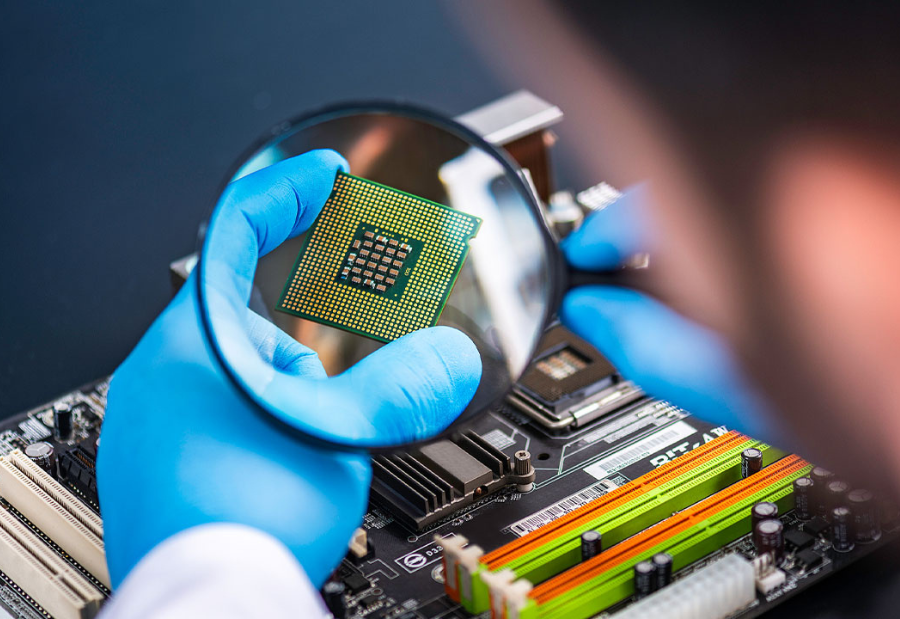It is widely accepted that every growing nation wants to build its own semiconductor industry, and India is no different. In 2022, the government set aside 10 billion dollars for chip manufacturing and now plans to double that amount. Leaders expect returns soon. Last week, Prime Minister Narendra Modi said that India would soon hold a “significant share” in a trillion-dollar market, adding, “Our journey began late but nothing can stop us now. India is now moving from the back-end to becoming a full-stack semiconductor nation.” During the event, he was handed the first “made in India” chips.
These chips were created by a space research laboratory and are built to survive harsh conditions, including missile use. They are affordable, reliable and durable but based on 180-nanometre technology, the same used in Intel’s Pentium-III processors decades ago. In comparison, Taiwan Semiconductor Manufacturing Company will soon begin mass production of 2-nanometre chips.
This does not suggest India lacks skill. The chips serve their purpose well, and the country is also preparing for more advanced production. The IT minister recently confirmed that 28-nm chips will be made at a factory in Gujarat next year. Nine more plants with international partners are in progress. However, the government should be careful in its next moves. While 28-nm technology is not new, it is still modern enough for most needs.
High-end processors, defined in 2022 as those smaller than 16 nm, are used in AI data centres, smartphones and a few other areas. These generate the biggest profits for global players, but India’s goal is not profit. It is to protect industries like automotive and electronics from supply shortages. The mission is about economic security, not competing with East Asia at the cutting edge. Still, officials claim that India could make 7-nm chips within five to seven years. Even if that is possible, it may not be the right step now.
Attempts to attract top chipmakers like TSMC or Intel have failed, partly because India offers smaller subsidies and partly because there are limited advanced plants globally. India’s best path is to first scale up legacy chip production, train a skilled workforce and grow its design and testing hubs. That will create the strong base needed for future progress. Dreaming big is fine, but chasing advanced chips too soon could weaken the real mission.
Also read: Viksit Workforce for a Viksit Bharat
Do Follow: The Mainstream formerly known as CIO News LinkedIn Account | The Mainstream formerly known as CIO News Facebook | The Mainstream formerly known as CIO News Youtube | The Mainstream formerly known as CIO News Twitter |The Mainstream formerly known as CIO News Whatsapp Channel | The Mainstream formerly known as CIO News Instagram
About us:
The Mainstream formerly known as CIO News is a premier platform dedicated to delivering latest news, updates, and insights from the tech industry. With its strong foundation of intellectual property and thought leadership, the platform is well-positioned to stay ahead of the curve and lead conversations about how technology shapes our world. From its early days as CIO News to its rebranding as The Mainstream on November 28, 2024, it has been expanding its global reach, targeting key markets in the Middle East & Africa, ASEAN, the USA, and the UK. The Mainstream is a vision to put technology at the center of every conversation, inspiring professionals and organizations to embrace the future of tech.




